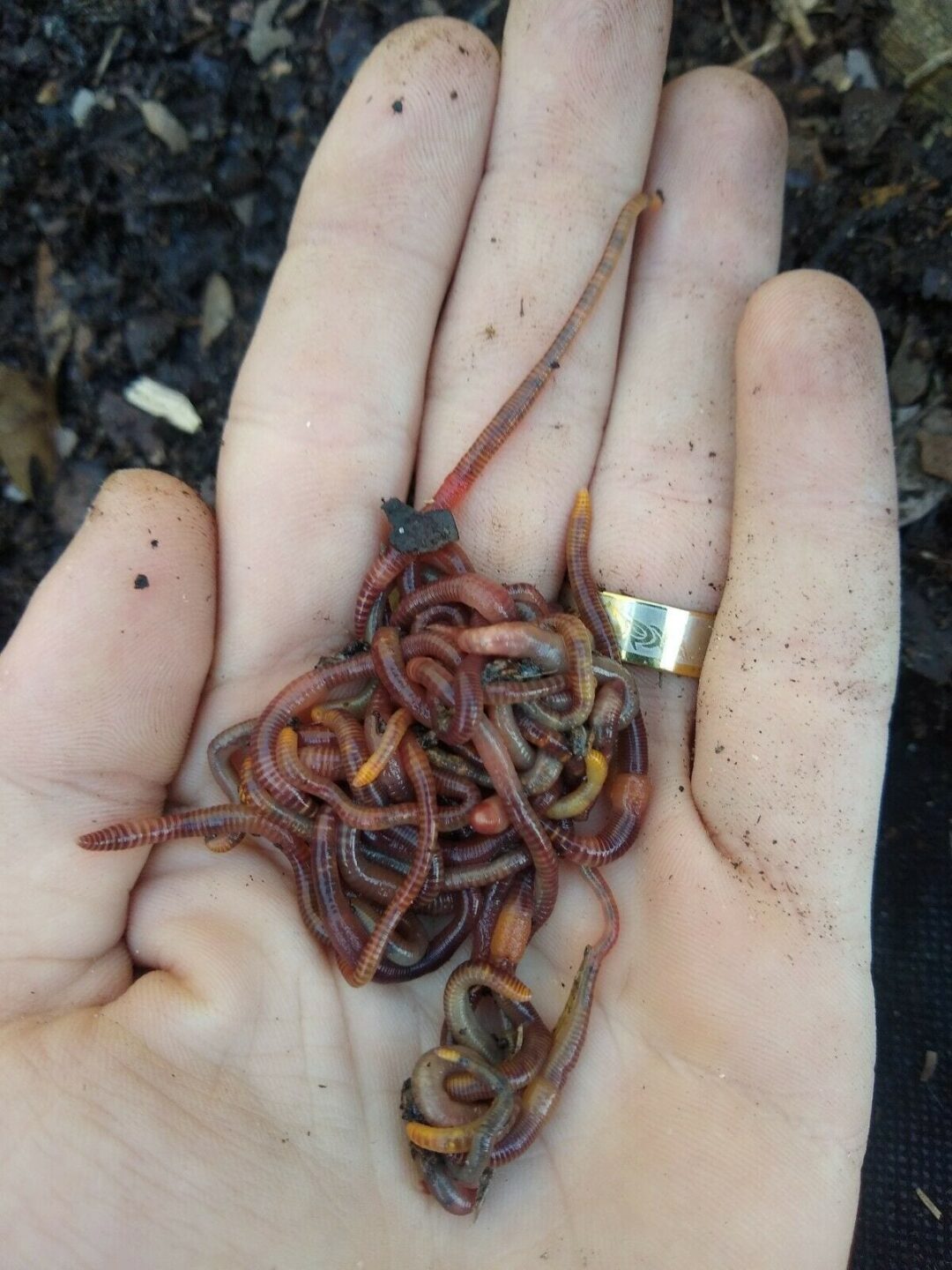Unlock the Tricks of Red Wigglers: Your Guide to Composting Success
The integration of red wigglers right into composting techniques provides a significant opportunity for boosting soil health and advertising sustainability. Understanding their demands and habits is important for optimizing their possibility, from establishing up a suitable worm container to feeding them the ideal materials.

What Are Red Wigglers?
(Red Wiggler Express)Red wigglers, medically referred to as Eisenia fetida, are a types of earthworm primarily made use of in composting because of their remarkable capacity to break down natural matter efficiently. These worms are defined by their reddish-brown coloration and a fractional body, usually gauging between 3 to 4 inches in length. Unlike other earthworm varieties, red wigglers flourish in abundant, organic settings, making them optimal for vermicomposting systems.
Indigenous to North America, they are often discovered in decomposing leaves and garden compost piles, where they play a critical function in nutrient recycling. Their adjustment to living in a damp, cardio environment allows them to eat big amounts of natural waste, breaking it down right into nutrient-rich spreadings that enhance soil wellness.
Red wigglers recreate quickly, with a solitary worm capable of creating numerous cocoons each week, each including numerous hatchlings. This quick recreation price adds to their efficiency in composting procedures. They favor temperatures between 60 ° F and 80 ° F, and their task degree increases considerably within this array, more aiding in the decomposition process. Comprehending the biology and actions of red wigglers is essential for maximizing their capacity in composting applications.
Advantages of Making Use Of Red Wigglers
Using the power of red wigglers in composting supplies countless advantages that boost dirt wellness and advertise lasting waste administration. These exceptional microorganisms effectively break down organic matter, changing kitchen scraps and lawn waste into nutrient-rich vermicompost. This finished product is extremely useful for plant growth, as it improves soil framework, raises dampness retention, and improves nutrition accessibility.

(Red Wiggler Express)In addition, the visibility of red wigglers in your composting system can speed up the composting process, generating top notch compost in a portion of the moment compared to typical techniques. The castings generated by these worms are likewise teeming with valuable bacteria that further improve the soil community.
Setting Up Your Worm Bin
Creating an efficient worm container is a straightforward process that can dramatically enhance your composting efforts. Worm containers can be made from plastic storage bins, wood boxes, or readily available worm bins.
Following, prepare the bed linens material, which acts as the worms' environment. A mix of shredded paper, cardboard, and coconut coir functions well, offering a comfy environment for the worms. Go for a bed linens deepness of about 4-6 inches. Dampen the bed linen lightly, guaranteeing it appears like a damp sponge without excess water pooling at the bottom.

Feeding Your Red Wigglers
To make sure the health and wellness and productivity of your red wigglers, it is important to provide them with a well balanced diet plan that fulfills their nutritional demands. Red wigglers grow on a diverse array of natural materials, which not only supply essential nutrients however also advertise effective composting.
Start by including kitchen scraps such as veggie peels, fruit cores, and coffee grounds. Stay clear of citrus fruits, onions, and garlic, as these can be damaging to worm health. In addition, introduce shredded paper, cardboard, and completely dry leaves to develop a well-aerated atmosphere.
Feeding regularity ought to be checked; normally, worms can consume half their body weight in food weekly. It is vital to avoid overfeeding, as excess food can cause unpleasant smells and draw in parasites. A great technique is to add food in small quantities, permitting worms to process it before introducing extra.
Keeping moisture degrees is also crucial; the bedding ought to perspire but not soggy. Last but not least, make sure to consistently check the temperature level and pH degrees of the bin to guarantee an optimum setting for your red wigglers, ultimately improving their composting performance.
Harvesting and Using Garden Compost
An effective composting procedure with red wigglers finishes in the rich, dark compost known as vermicompost, which can substantially improve soil Red Wiggler Express health and plant growth. Collecting this nutrient-dense product commonly takes place every 3 to 6 months, depending upon the size of your system and the amount of raw material being processed.
To harvest, carefully separate the compost from the worms and any kind of undecomposed products. One efficient method entails relocating the contents of the container away and adding fresh bedding and food to the void, encouraging the worms to move. After a few days, the compost can be accumulated from the opposite side.
It is important to utilize vermicompost appropriately to maximize its benefits. It can be utilized as a top clothing for garden beds, combined into potting soil, or made into a nutrient-rich fluid fertilizer recognized as "worm tea." This application technique helps to provide important nutrients straight to plant roots, advertising much healthier growth. By integrating vermicompost right into your horticulture program, you not just recycle natural waste however also produce a thriving ecological community that supports lasting gardening techniques.
Verdict
In recap, red wigglers offer as exceptional allies in composting efforts, transforming organic waste into nutrient-rich vermicompost. By understanding the optimal conditions for their habitat, feeding requirements, and compost harvesting techniques, gardeners can enhance dirt wellness and advertise plant vigor.